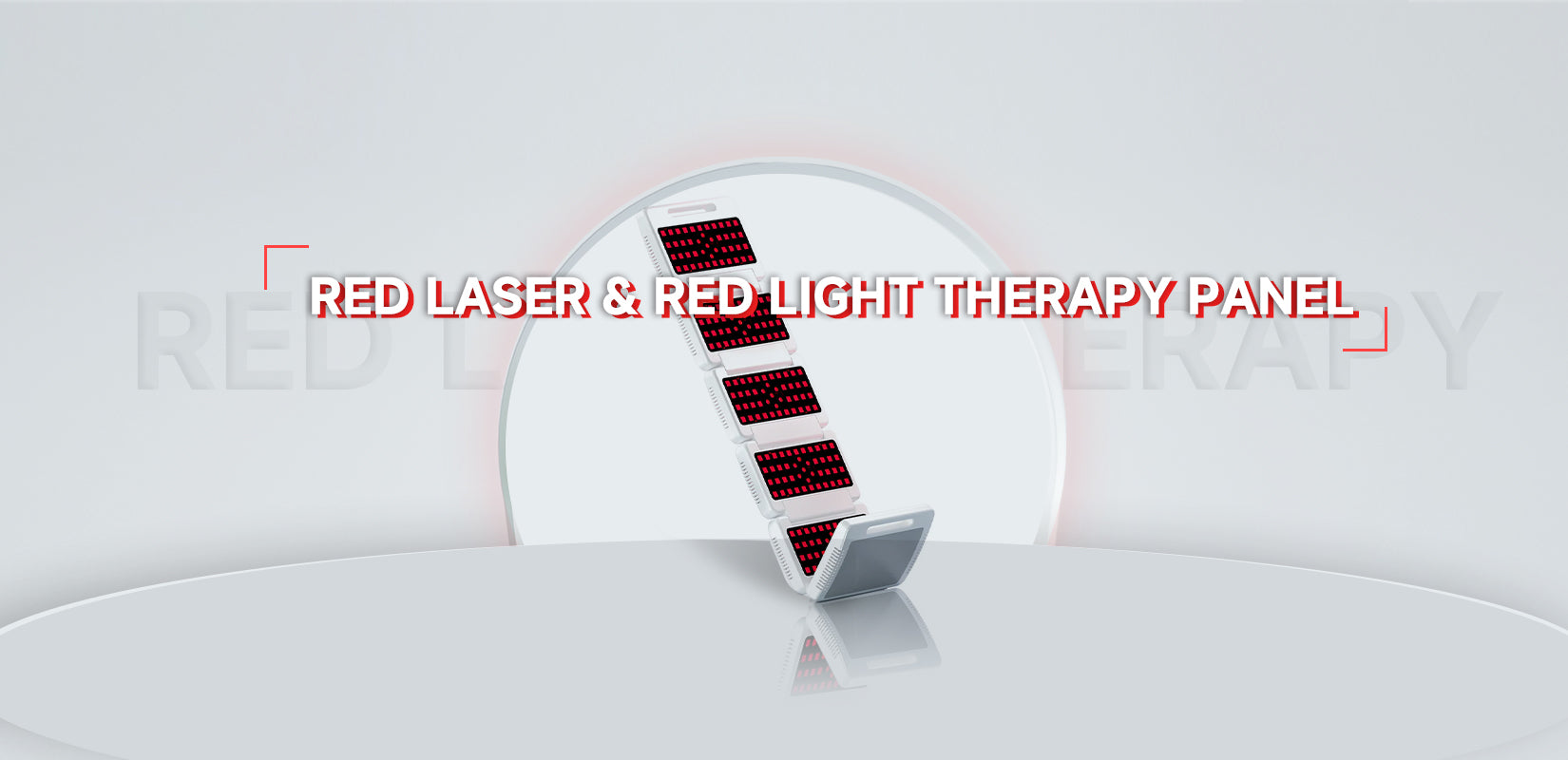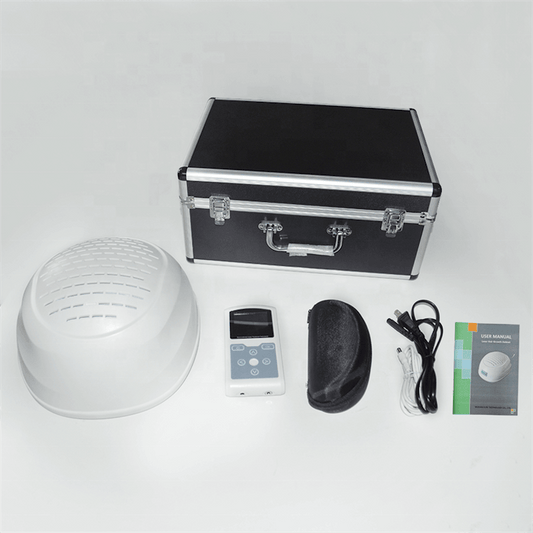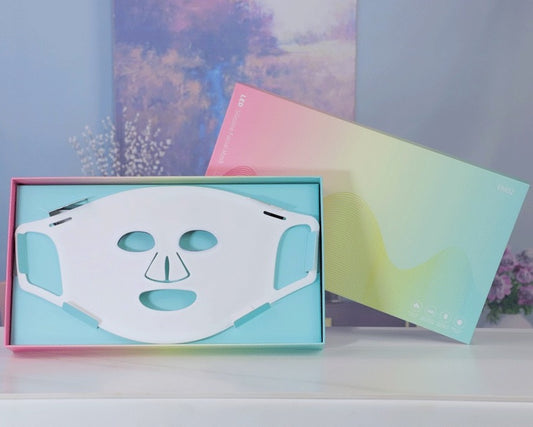
-
312 Pro Laser Hair Caps for Hair Growth
-20% Sold outRegular price $799.00 USDRegular priceUnit price / per$999.00 USDSale price $799.00 USDSale -
Best Red Laser & Red Light Therapy Panel for Pain Relief
2 reviews-25% Sold outRegular price $599.00 USDRegular priceUnit price / per$799.00 USDSale price $599.00 USDSale -

Domer Laser 810nm Infrared Red Light Therapy Helmet for Dementia, Parkinson's, Alzheimer’s Disease
2 reviews-10% Sold outRegular price $1,799.00 USDRegular priceUnit price / per$1,999.00 USDSale price $1,799.00 USDSale -
Male Prostate Therapy Machine, Led Light Therapy for Male disease
6 reviews-16% Sold outRegular price $499.00 USDRegular priceUnit price / per$599.00 USDSale price $499.00 USDSale -
Pro 4 Colors Flexible Led Face Mask with Red Light Therapy For Skin Rejuvenation
5 reviews-0% Sold outRegular price $299.00 USDRegular priceUnit price / per$299.00 USDSale price $299.00 USDSold out -
Flexible 5 Colors Led Light Therapy for Whole Body Skin Care, Red Light Therapy At Home
1 review-20% Sold outRegular price $559.00 USDRegular priceUnit price / per$699.00 USDSale price $559.00 USDSale -
Red Light Therapy for Knee Pain, osteoarthritis, Infrared Light Therapy
1 review-50% Sold outRegular price $149.00 USDRegular priceUnit price / per$299.00 USDSale price $149.00 USDSale -
Led Phototherapy Comb for Hair Regrowth, Blue & Red Light Therapy for Hair Loss
1 review-26% Sold outRegular price $219.00 USDRegular priceUnit price / per$299.00 USDSale price $219.00 USDSold out
Collection: Red Light Therapy Devices
Red and blue light therapy are typically promoted in LED skin treatments. Blue LED light therapy is often used to treat acne. Red light therapy could help to reverse some of the signs related to photoaging in the skin.
Domer LED Light Therapy machine combines 630nm red and 465nm blue light to treat wrinkles, redness, anti-aging, acne, scarring, dark spots, and male and female diseases.
How does red light therapy work?
Red light therapy, also known as low-level laser therapy, operates by exposing the body to low-wavelength red light in the range of 620 to 700 nanometers. This results in boosted cellular energy production, enhanced blood circulation, anti-inflammatory benefits, stimulation of collagen production, relief from pain, and potential neuroprotective effects. Widely employed for various purposes, from skincare applications to addressing chronic pain conditions, this laser therapy is gaining popularity. However, it's important to consult with a healthcare professional before integrating red light therapy into any new health regimen, considering individual variations in response.
How do red and blue light therapy work together?
Red and blue light therapy, when used in conjunction, offers a complementary approach to addressing various health concerns. Red light therapy, with wavelengths between 620 and 700 nanometers, enhances cellular energy production, improves circulation, and reduces inflammation. Meanwhile, blue light therapy, ranging from 405 to 470 nanometers, targets and eliminates bacteria, notably in acne treatment. Together, they create a synergistic effect—ideal for acne management—by combating bacterial overgrowth and promoting healing. Additionally, this combination proves beneficial in wound healing and skin rejuvenation, where red light stimulates collagen production, contributing to overall skin health. As with any therapeutic approach, individual responses may vary, and consulting with a healthcare professional is recommended before incorporating these treatments.
Common skin issues tackled by red light therapy devices
Red-light therapy devices have become popular for addressing a range of common skin issues. These devices, with wavelengths typically between 620 and 700 nanometers, target concerns such as wrinkles and fine lines by stimulating collagen production. In the realm of acne treatment, a combination of red and blue light is often employed to combat bacteria and reduce inflammation. Additionally, red light therapy shows promise in addressing sun damage, scarring, inflammation, psoriasis, eczema, uneven skin tone, skin tightening, and dryness. Its benefits extend to promoting wound healing and improving overall skin health.
Are red light therapy devices suitable for both genders?
Certainly, red light therapy devices are suitable for individuals of all genders. The positive effects of red light, like encouraging collagen production, diminishing inflammation, and contributing to skin rejuvenation, are applicable universally. These devices offer versatility, making them beneficial for both men and women in addressing diverse skincare concerns and enhancing overall skin well-being.
Do at-home red-light therapy devices work?
Research suggests that at-home red light therapy devices, when used correctly and consistently, can contribute to improvements such as increased collagen production, reduced inflammation, and enhanced wound healing. It's important for users to follow the manufacturer's instructions regarding the recommended duration and frequency of sessions. While these devices are generally considered safe for at-home use, consulting with a healthcare professional or dermatologist is advisable, especially for individuals with specific skin conditions or concerns.
What not to do after red light therapy?
After undergoing red light therapy, it's important to avoid prolonged sun exposure to prevent potential skin irritation. Refrain from immediate, intense skincare treatments, such as chemical peels, and delay the application of harsh skincare products containing strong acids or retinoids. Skip hot showers or saunas, and consider avoiding heavy physical activity immediately afterward. Adhering to the recommended frequency of sessions is crucial, as overuse may not necessarily yield better results and could potentially have adverse effects.
Should I put anything on my skin before red light therapy?
Before engaging in red light therapy, it's recommended to ensure your skin is clean and dry. It's best to steer clear of applying any substances like lotions, creams, or makeup that could act as barriers, potentially hindering the therapy's effectiveness by impeding the penetration of light into the skin. Following this guideline helps optimize the benefits of the therapy session. Always follow the guidelines provided by the manufacturer of your specific red light therapy device.








